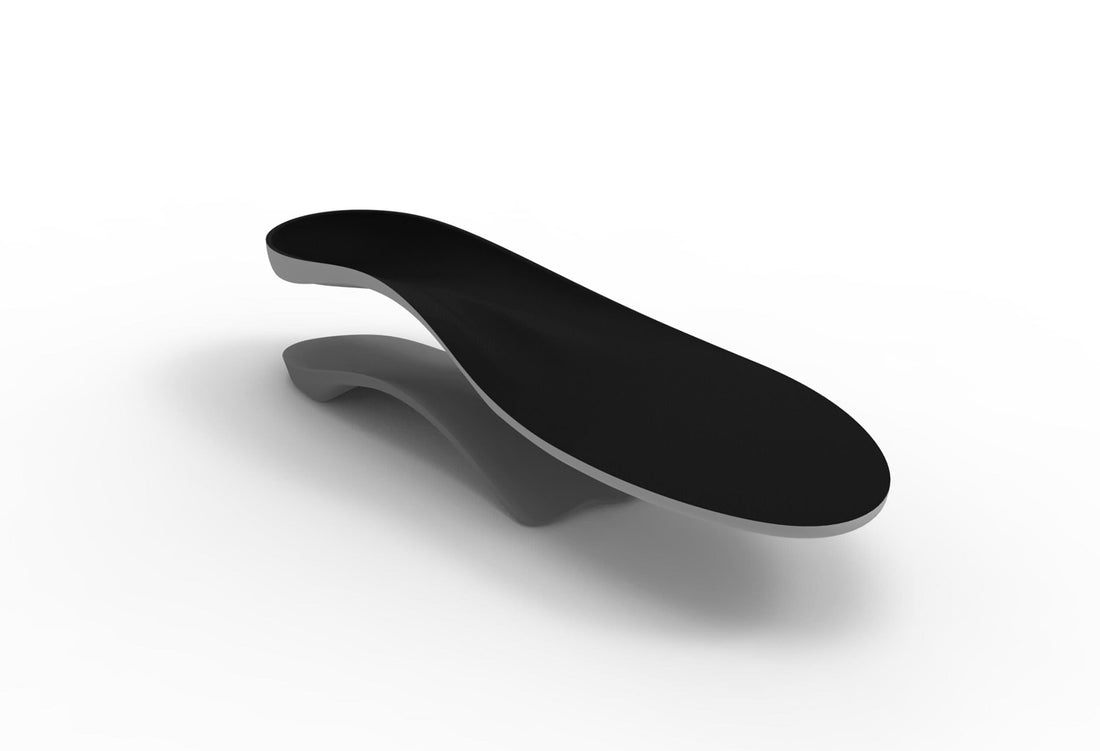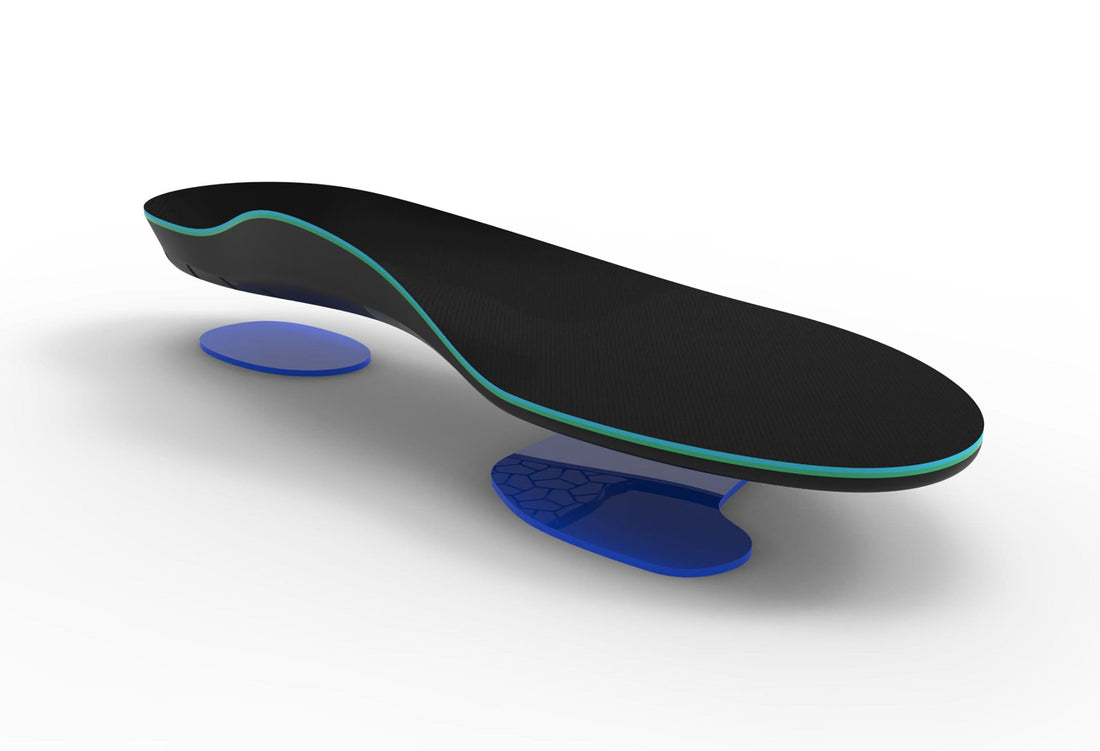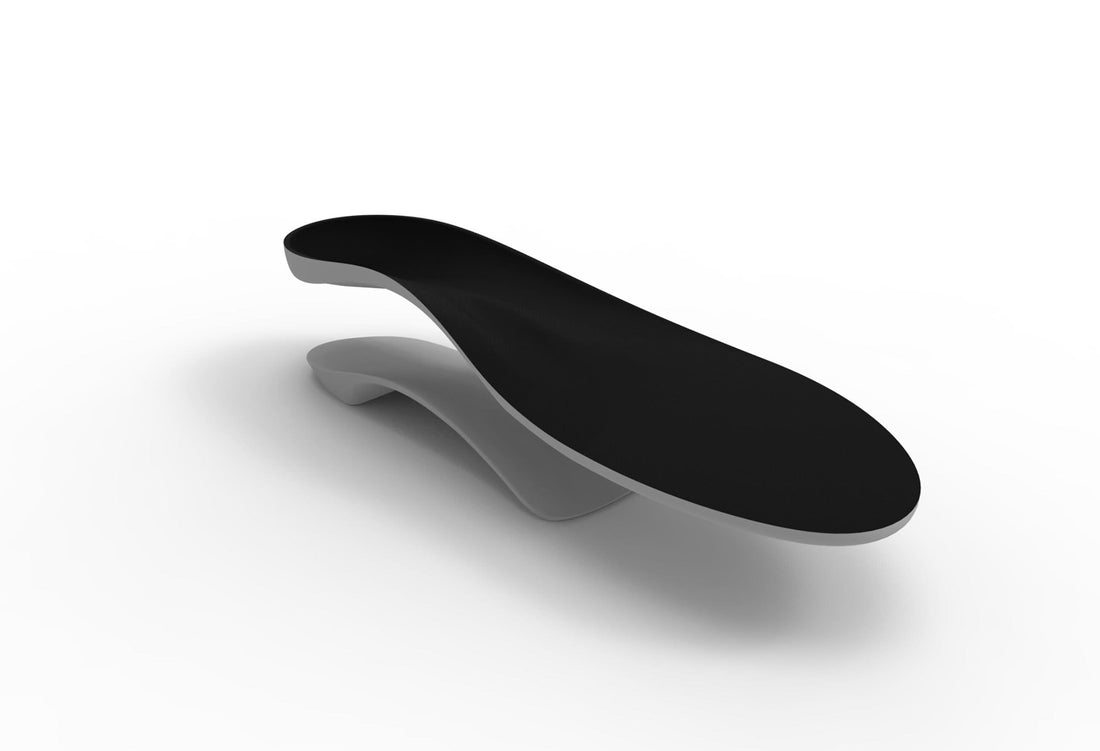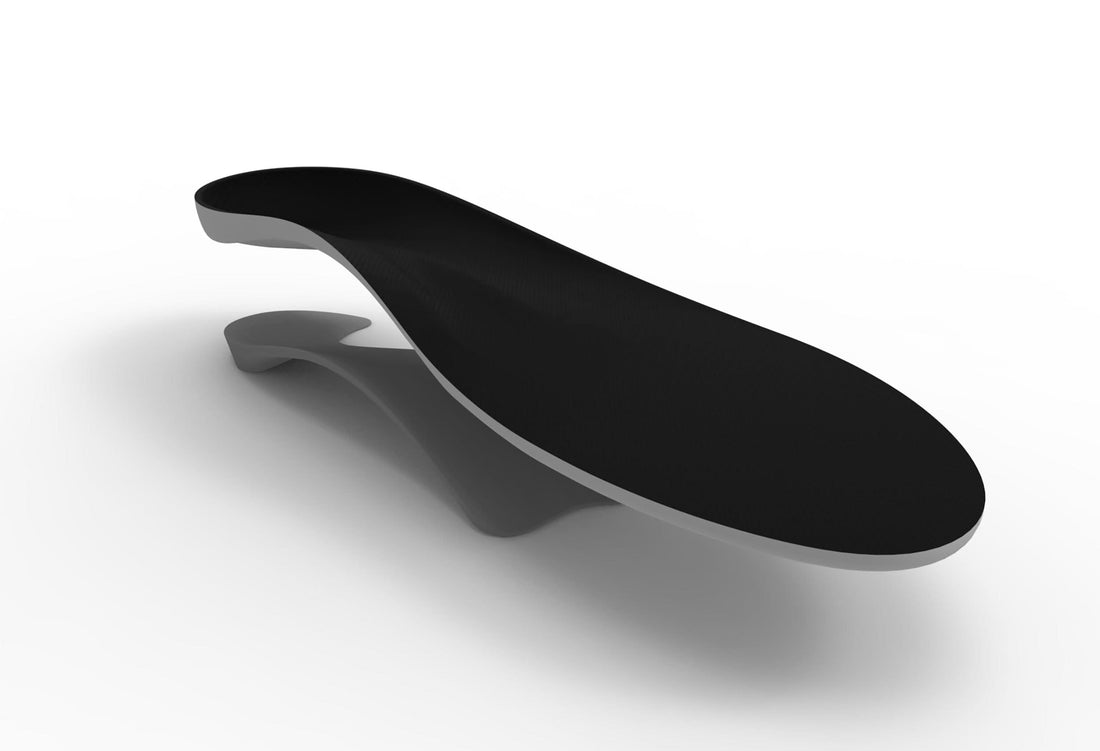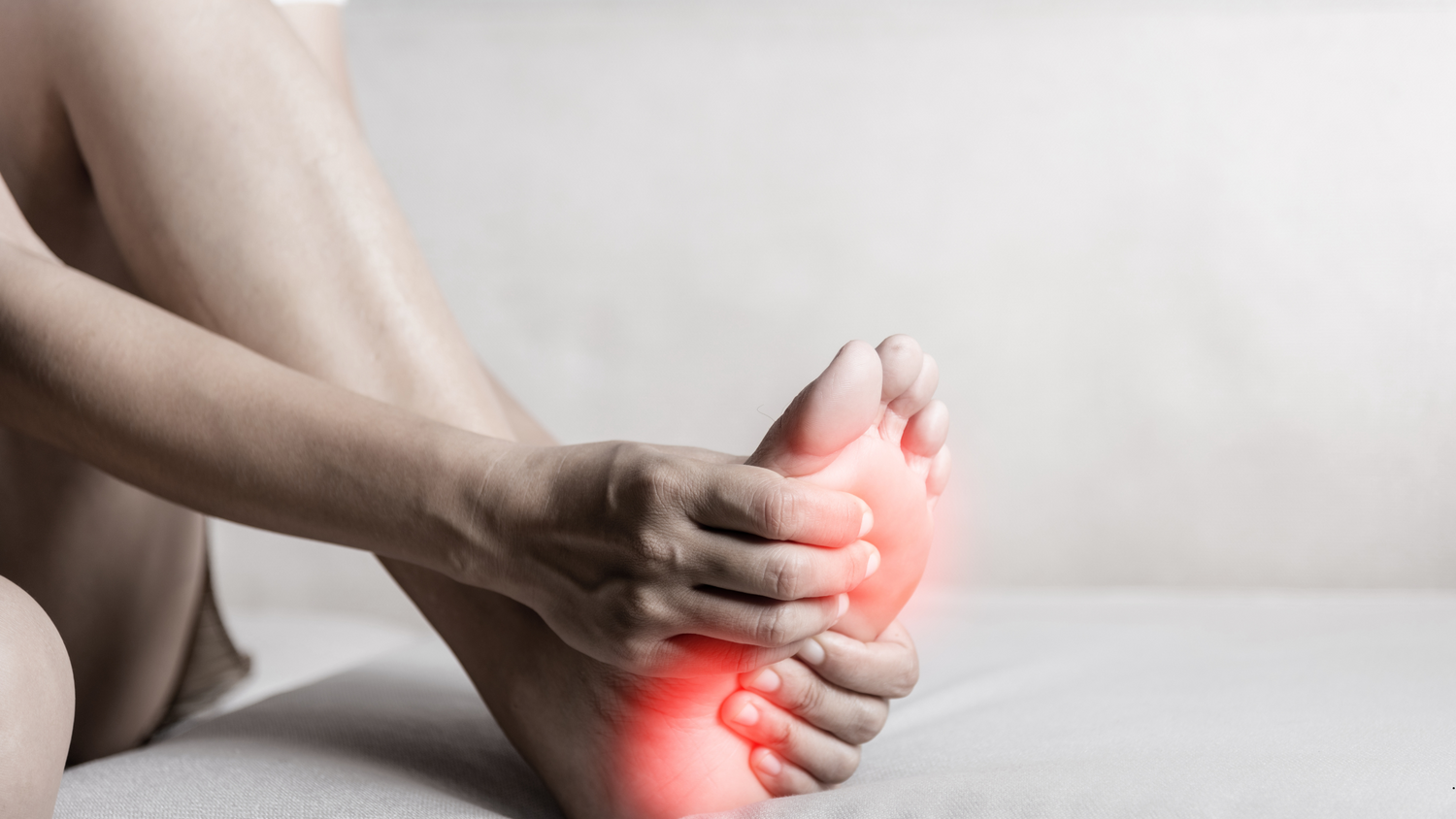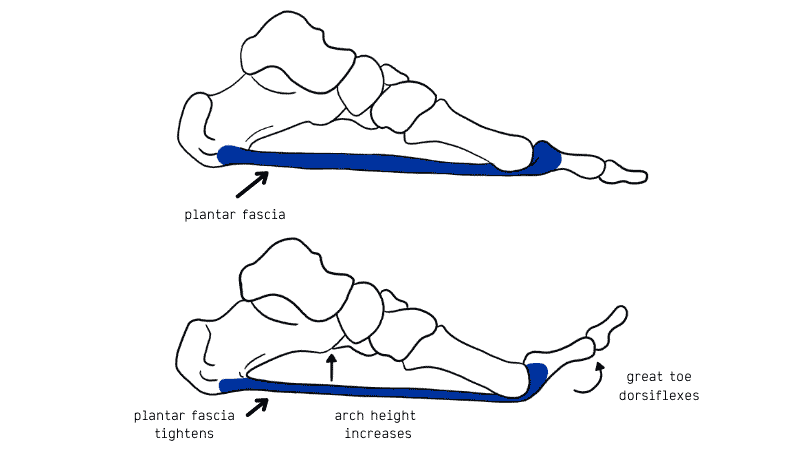Rheumatoid arthritis is another form of arthritis that affects the joints of the body. The condition differs to osteoarthritis in that it is not overuse in nature. Rheumatoid arthritis is a chronic inflammatory autoimmune disorder, where the body’s immune system attacks its own tissues. When the immune system attacks the joints it leads to a thickening of the synovium, which in turn leads to chronic damage of the cartilage and bones. The disorder is progressive and therefore it is important to identify the symptoms early in order to prevent them from worsening.
Cause
The cause of Rheumatoid arthritis is not yet fully understood, however research has shown a family tendency for a gene that makes an individual more susceptible to infections and viruses. This may lead to the initial attack of our immune system; otherwise there is no known cause for the condition. The condition is most cases, affects people from the age of 40 and predominantly affects women.
Symptoms
Symptoms of Rheumatoid arthritis are generally slow to arise, and will present initially in the lesser joints of the body (fingers and toes). It is important to identify any of the following symptoms early and consult your general practitioner.
- Morning pain and stiffness in your lesser joints (hands/feet) for at least an hour
- Warm/swollen joints
- Tender to touch or move affected joints
- Nodules/bumps underneath the skin
- Persistent fatigue, fever and inability to sleep
- Often associated with weight loss
- Weakening of surrounding muscles
- Usually symmetrical in occurrence
Diagnosis
Diagnosis of Rheumatoid arthritis is based on the following;
- Clinical symptoms matching the criteria
- Blood tests: those with Rheumatoid arthritis will have Rheumatoid factor or an elevated erythrocyte sedimentation rate (ESR)
- X-rays: can confirm the progression of the disorder by assessing the level of damage to the joints and bones.
Treatment
Treatment for Rheumatoid arthritis is aimed around pain management and preventing joint deformity. You should consult with your practitioner before commencing any of the medications listed below.
Non-steroidal anti-inflammatories: can help reduce inflammation and pain.
Steroids: Stronger anti-inflammatories may be used short term to help ease the discomfort.
DMARDs – Disease Modifying Anti-rheumatic Drugs – these drugs can prevent permanent damage to the joints and soft tissue structures, but may have some side effects.
Physical Therapy: Exercises and massage creates muscle relaxation and help joint mobility.
Mechanical therapy: Soft orthotics such as the Interpod Soft products might help in adding cushioning to affected joints in the feet and support the surrounding structures in the feet.
Heat/cold therapy: Often one will ease surrounding painful muscles.
Surgery: May be required if joint deformities are too sever and impede on your ability to utilise the joint without pain.
Aids and equipment: An occupational therapist may be able to help assist you with day to day activities through certain aids and equipment, such as walking tools.
Prevention
As there is no cure for Rheumatoid arthritis it is recommended that individuals follow the guidelines to treatment and consult your practitioner for more information.
References
1. Menz, H. (2008). Foot problems in older people. Assessment and Management. Churchill and Livingston


